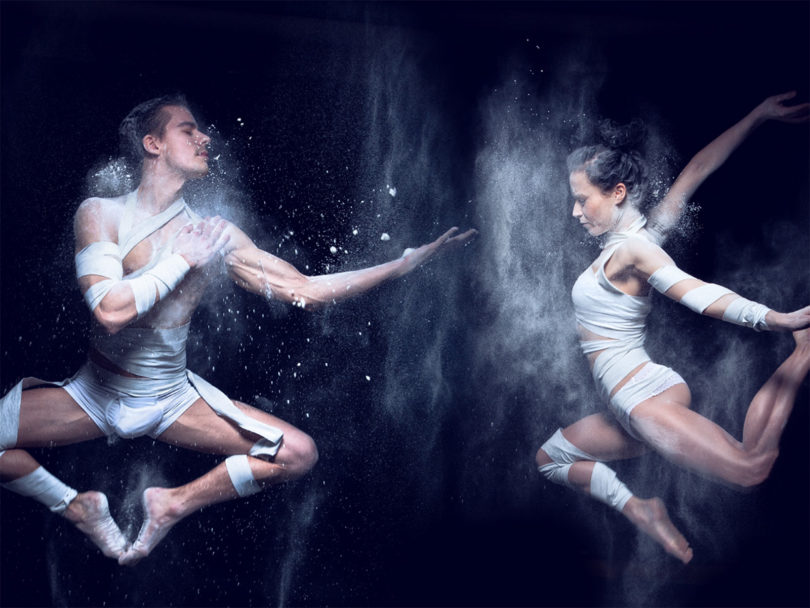No matter how hard it is to force ourselves to go to the gym, there is one form of aerobic activity most people enjoy. Whether our style is frenetic or relaxing, we love to dance and dance for fitness is a fun alternative to typical workouts.
The evolutionary origins of dance are not clear, but humans seem to have been attracted to dance since prehistoric times,”
says Danielle Georgiou, program coordinator for dance at Eastfield College in Mesquite, Texas. “We have evidence of primitive tribes traveling long distances to celebrate their successful hunting and gathering excursions with dancing and cultural games.”
Once man developed tools, he expended less energy on survival and turned to celebrating through games and dancing for fitness as part of building physical stamina.
 “The acts of hunting, gathering, traveling and celebrating indicate that a high level of fitness was required to sustain energetic action,” Georgiou says. Opinions abound regarding the best style of dance for aerobic activity. “The dances that burn the most calories are swing, salsa, Viennese waltz, cha-cha and samba,” says Clemens Lengenfelder, owner and professional ballroom dancer with Fred Astaire Dance Studio of West Hartford, Conn. “Done the right way, all ballroom and Latin dances are super calorie burners because every muscle in your body is engaged.”
“The acts of hunting, gathering, traveling and celebrating indicate that a high level of fitness was required to sustain energetic action,” Georgiou says. Opinions abound regarding the best style of dance for aerobic activity. “The dances that burn the most calories are swing, salsa, Viennese waltz, cha-cha and samba,” says Clemens Lengenfelder, owner and professional ballroom dancer with Fred Astaire Dance Studio of West Hartford, Conn. “Done the right way, all ballroom and Latin dances are super calorie burners because every muscle in your body is engaged.”
“In my opinion, nothing beats salsa dancing for improving coordination and getting your heart rate up,” says Mark Rausch, professional ballroom dance instructor with Fred Astaire Dance Studio of Rochester, N.Y.
Dancing improves heart health, balance, coordination, strength and mobility through fun aerobic activity. Different styles of dance provide varying health benefits. Ballet stretches and elongates muscles. Belly dancing stretches muscles, in addition to working muscles that many other forms of exercise and daily living do not work, such as hip flexors, abs and adductors, long arms, lower abs, and more. Hip hop, African dance and jazz provide all-over conditioning. Dancing for fitness also produces an overall sense of well-being by building confidence.
“In the present, we turn to forms of exercise as a way to move and be healthy because we won’t be moving otherwise,” says Joan Gavaler, professor of theater, speech and dance and director of the William & Mary Dance Program. “The aerobic demand of various dance forms can be highly variable, depending on the tempo and size of the movement patterns for the different dances.”
Though the origins of dance are unclear, it is clear that dancing for fitness is an excellent form of intense aerobic activity. So, let’s get moving. Whether you take formal dance classes, Shag dance on the beach or bop around your living room to Bruno Mars tunes—just dance!

